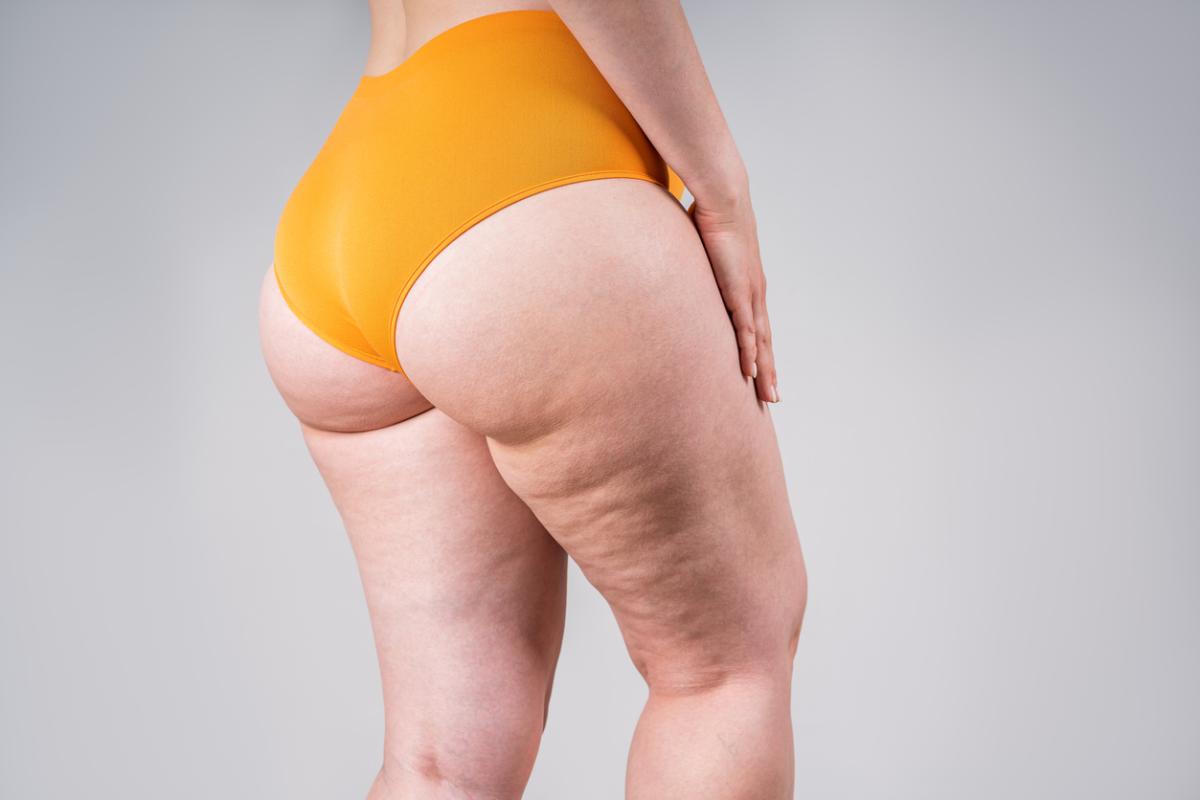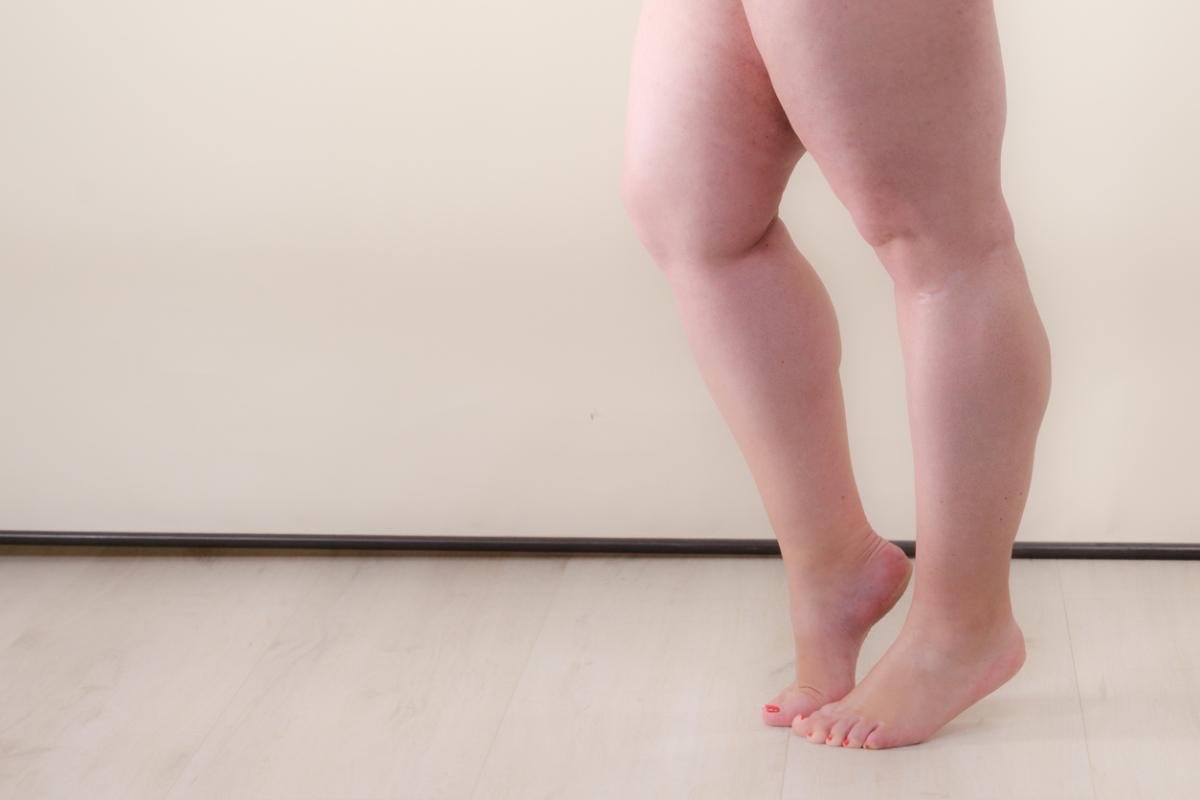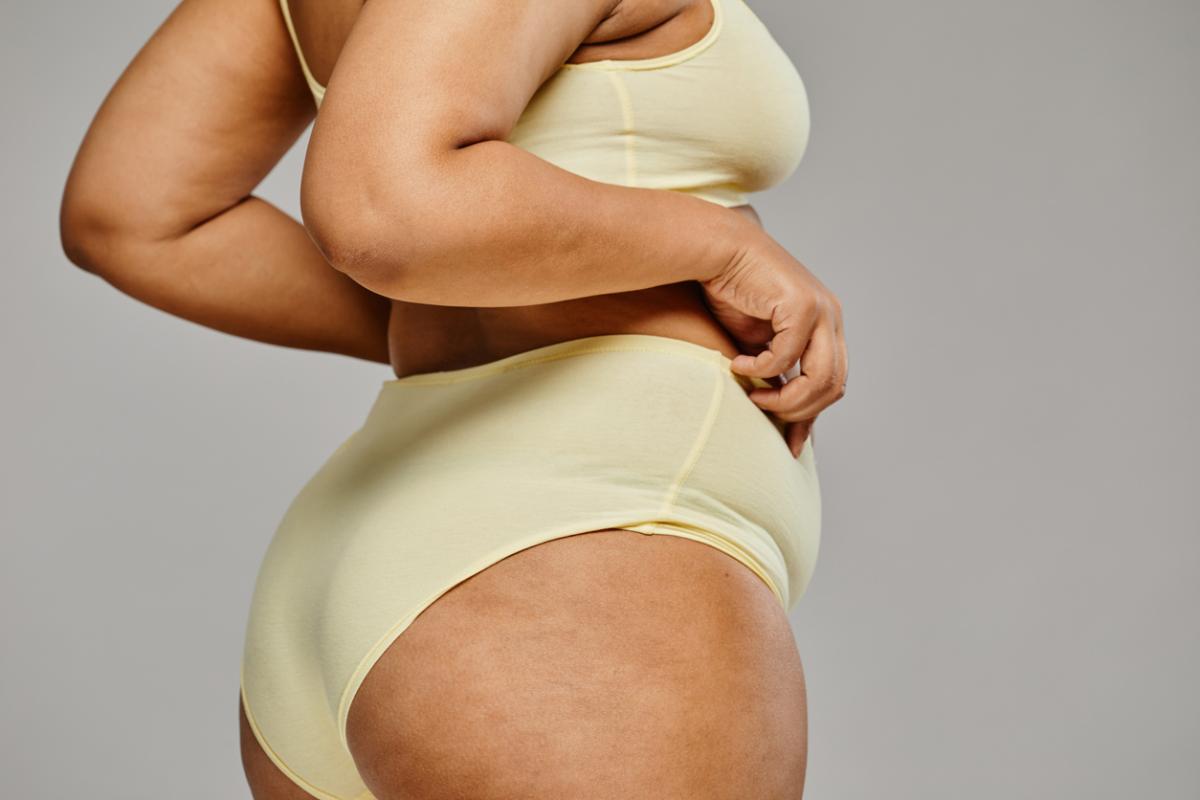Are you struggling to differentiate lipedema and cellulite? Are you confused by the similarities of these conditions and unsure of the appropriate treatment options? Have you found yourself wondering, “Do I have lipedema or just fat legs?” In this article, we'll help you gain a clear understanding of the differences, symptoms, and treatments for lipedema and cellulite, empowering you to take control of your health and well-being.
- Lipedema is a progressive chronic disease with several comorbidities, while cellulite is a cosmetic issue with no serious medical implications.
- Differentiating between cellulite and lipedema is important for appropriate diagnosis and treatment.
- Lipedema affects approximately 11% of women and is characterized by abnormal fat accumulation in specific areas of the body.
- Lipedema can be misdiagnosed as lymphedema, and proper diagnosis is critical for starting the right treatment.

Key Differences in Lipedema vs Cellulite
Lipedema is frequently misdiagnosed as cellulite. This is unfortunate but perfectly understandable due to the confusingly similar symptoms of the two conditions–their symptomatic overlap. Further complicating this picture is that you can be affected by lipedema and cellulite at the same time even though these conditions are often completely independent from one another. Both lipedema and cellulite involve the accumulation of fat. For instance, a dimpling or pebbling of the skin can occur over time in lipedema patients that looks similar to skin dimpling which is popularly identifiable as a symptom of cellulite. Likewise in the case of lipedema vs obesity, you can be obese and suffer from lipedema. But you can also have a slender body with disproportionately large arms–a telltale sign of lipedema.
Despite their similarities, there are key differences in the symptoms, appearance, and treatment options for lipedema vs cellulite. Lipedema is a medical condition characterized by abnormal fat accumulation primarily in the lower body, leaving many to wonder whether these accumulations they notice on their bodies are lipedema or just fat. It can cause symptoms such as swelling, pain, tenderness, and easy bruising. In contrast, cellulite is a cosmetic concern characterized by a dimpled or lumpy appearance of the skin, typically in areas like the thighs, buttocks, and abdomen.
Perhaps the greatest difference when it comes to lipedema vs cellulite is the severity of their effect on the body. Lipedema is a progressive chronic disease with several comorbidities. On the other hand, cellulite is a cosmetic issue with no serious medical implications.
Treatment options for lipedema include:
- compression therapy
- anti-inflammatory diet
- exercises
- liposuction
- lymphatic drainage massages
Treatment options for cellulite include:
- creams
- massage techniques
- laser-assisted liposuction
Again, lipedema and cellulite are two distinct conditions. Though it is possible to have both conditions, having cellulite does not necessarily mean that you also have lipedema or vice versa. If you believe you might have lipedema or cellulite you should consult with a medical professional to determine the most appropriate treatment approach for each condition.

Lipedema Symptoms
The most common symptoms of lipedema that can affect your appearance include an excess accumulation of fat in the:
- hips
- thighs
- legs
- arms
The trouble with self-diagnosis when it comes to lipedema vs obesity is that it is easy for people to confuse these symptoms of excessive fat accumulation with obesity. So what are some unique symptoms of lipedema to watch out for? Early warning signs for lipedema tend to manifest during puberty and can include:
- disproportionately large arms
- fatty accumulation or a shelf around the kneecap
- swelling around calves and ankles which are known colloquially as “cankles”
These symptoms often affect those with mild lipedema and tend to affect your appearance. But what about the physical symptoms of lipedema that cannot be seen by others? These include:
- pain in the affected limbs
- sensitivity to touch
- mobility issues
- swelling
- feeling weighed-down
In addition to swelling and pain, individuals with lipedema may also notice easy bruising. The skin in the affected areas is more fragile and prone to bruising even from minor trauma. This can be distressing for those with lipedema, as it can further exacerbate their discomfort. These symptoms can increase from stage 1 lipedema to stage 3.
Cellulite Symptoms
Unlike advanced stages of lipedema, cellulite does not usually present with distinct fat lumps or pearls. Cellulite does, however, cause the skin to have a lumpy or dimpled appearance, often resembling an orange peel. If you have cellulite, you may notice the appearance of dimpled skin primarily in areas of the body where fat deposits are more prone to pushing through the connective tissues. These areas include the:
- thighs
- buttocks
- abdomen
Unlike lipedema, cellulite typically does not cause pain or swelling. While cellulite does not pose significant health risks, it can be bothersome for many individuals. Remember, the appearance of cellulite alone is not enough to diagnose lipedema. If you have concerns about your symptoms or need a proper diagnosis, you should consult with a medical professional who can evaluate your condition and provide appropriate guidance and treatment options.

Cellulite Treatment
One effective treatment for cellulite is the use of non-surgical techniques to improve the appearance of dimpled skin. These techniques focus on addressing the underlying factors that contribute to cellulite, such as fat distribution and hormonal factors. Here are two key approaches to cellulite treatment:
- Non-invasive procedures: These procedures involve the use of technologies like radiofrequency, laser, or ultrasound to target the fat cells and stimulate collagen production. This helps to tighten the skin and reduce the appearance of cellulite. Non-invasive procedures are generally safe and require little to no downtime.
- Lymphatic drainage massages: These massages aim to improve lymphatic circulation and reduce fluid retention, which can contribute to the development of cellulite. By encouraging lymphatic drainage, these massages help to eliminate toxins and reduce the appearance of cellulite.
While these treatments can improve the appearance of cellulite, they may not completely eliminate it. Additionally, results may vary depending on the severity of cellulite and individual factors.
Lipedema Treatment
When it comes to treating lipedema, there are various options available to help manage the symptoms and improve overall quality of life. Broader treatment options include:
- exercise
- anti-inflammatory diet
- skin moisturizers
One of the main treatment approaches for lipedema is lymphatic drainage, which involves gentle massage techniques to stimulate the lymphatic system and reduce swelling. This can be done by a trained therapist or through self-massage techniques. Compression garments, such as compression stockings or sleeves, can also be beneficial in managing the symptoms of lipedema by improving circulation and reducing swelling.
To manage the symptoms of lipedema, various treatments are available. Compression therapy, which involves wearing compression garments, can help reduce swelling and provide relief. Exercise, such as low-impact activities like swimming or walking, can improve circulation and reduce symptoms. Additionally, anti-inflammatory creams or lotions may be used to alleviate pain and inflammation. See our list of supplies below to shop the compression garments we recommend before and after surgery for our patients.
Liposuction is another effective treatment option for lipedema. This surgical procedure removes excess fatty tissue, improves the appearance of the affected areas, alleviates pain, and improves mobility. However, liposuction is not a cure for lipedema and should be considered as part of a comprehensive treatment plan. Additionally, liposuction for lipedema is different from traditional liposuction and requires specialized techniques to ensure optimal results.
Supplies
- Washable underpads for drainage after liposuction: https://amzn.to/3Kfimtj
- Disposable underpads for drainage after liposuction: https://amzn.to/3wRsu8D
- ACE bandages for light compression and to hold bandages in place: https://amzn.to/3VckHeO
- Disposable Fluff Gauze Rolls (Kerlix): https://amzn.to/44TpRQk
- Compression Leggings: https://amzn.to/4bHhY2C
- Compression Garment for Arms: https://amzn.to/3yIGeD2
